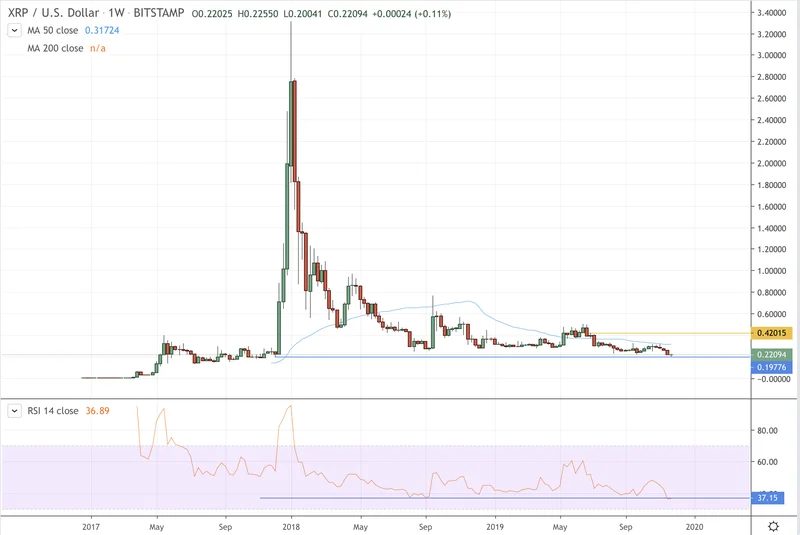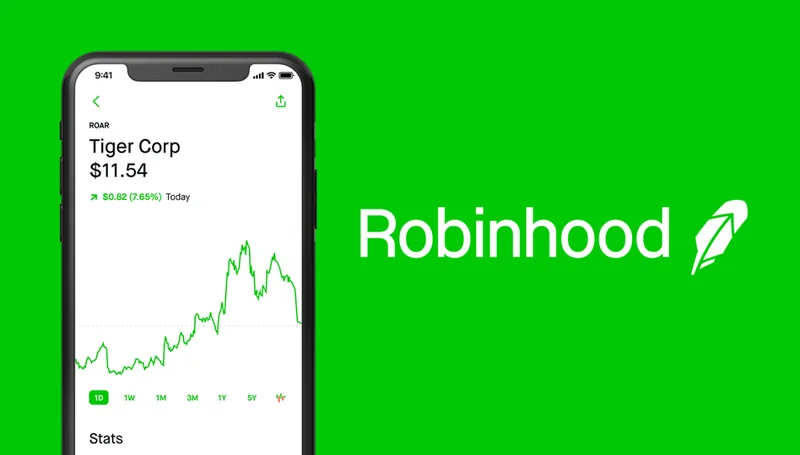XRP Price: The Forecast and What the Recent Volatility Really Means
The Great XRP Stress Test: Why the Crash Wasn't an Ending, But a Beginning
It felt like the floor fell out of the world. One moment, XRP was the darling of the digital asset space, riding a euphoric 500% wave to heights not seen in years. The next, a torrent of red. A 46% collapse in 72 hours. We watched, screens glowing in the dark, as nearly $60 billion in value evaporated into the digital ether. The headlines screamed "XRP Black Swan," and for a moment, the panic felt absolute. It was a brutal, shocking liquidation, the kind that tests the faith of even the most ardent believers.
But I'm here to tell you that what we witnessed wasn't a black swan event. It wasn't the end of the story. It was a stress test—a violent, painful, and utterly necessary trial by fire. And what was forged in that crucible is infinitely more valuable than the price on a chart. What we saw, if we knew where to look, was a profound and historic transfer of power.
The chaos didn't come from nowhere. It was the result of a perfect storm, a confluence of macroeconomic fear and regulatory paralysis. First, the global markets shuddered when Donald Trump announced a staggering 100% tariff on Chinese imports, sending a shockwave of risk-aversion through every asset class on the planet, from stocks to crypto. Then, just as the market needed a dose of confidence, a U.S. government shutdown slammed the brakes on the SEC, indefinitely delaying the much-anticipated decisions on seven XRP-spot ETF applications. The hope that had fueled the rally was suddenly put on ice.
Compounding this was the movement of the giants. In the weeks leading up to the crash, whale wallets—the massive accounts that can move markets—systematically sold off over a billion dollars' worth of XRP. To the casual observer, it looked like a vote of no confidence. But was it? Or was it the calculated move of players who knew that a market built on short-term hype is a house of cards, ready for a cleansing wind?
Beneath the Panic, a Silent Accumulation
This is where the real story begins. As the retail market capitulated, drowning in a record $707 million of liquidations in a single day, something extraordinary was happening just beneath the surface. While the public was panic-selling, the institutional money was quietly, methodically buying.
When I first saw the on-chain data, I honestly just sat back in my chair, speechless. The numbers were staggering. As the price plummeted, capital from European funds and major Asian market makers began pouring in, absorbing the XRP that terrified retail traders were dumping. This wasn't a guess; it was visible on the digital ledger. We could see the flow of assets from one type of wallet to another. This is the power of on-chain data—in simpler terms, it’s a transparent, public accounting book that shows us exactly who is buying and selling, and it revealed a stunning divergence between the so-called "dumb money" and the "smart money."

Think of it like this: the price crash was a deafeningly loud thunderstorm. Everyone on the street ran for cover, desperate to get out of the rain. But the institutional players were like architects and engineers who had been waiting for this exact storm. They didn't run. They calmly walked out with sophisticated equipment, not to measure the rain, but to test the bedrock foundation that the storm had just exposed. And they clearly liked what they saw. The sheer volume of accumulation, especially concentrated in hubs like Switzerland which saw over 22% of global volume, is the kind of signal that tells you the long-term conviction isn't just intact—it's being reinforced at bargain prices.
This is the kind of breakthrough that reminds me why I got into this field in the first place. For years, we've talked about the promise of institutional adoption. What does it actually look like? It doesn't look like a series of glowing green press releases. It looks like this. It's the quiet, decisive action of massive, patient capital moving with precision during a moment of maximum fear. So the question we have to ask ourselves isn't "Why did XRP crash?" The more profound question is, "Why were the most sophisticated financial players in the world buying when everyone else was selling?" What do they see that the rest of the market missed in its panic?
A Future Forged in Fire
This event is a historical echo. It reminds me of the dot-com bubble at the turn of the millennium. When that bubble burst, the world wrote off the internet as a failed experiment. Pets.com was the poster child for failure. But the crash didn't kill the internet; it cleansed it. It wiped out the froth and the hype, and in its wake, the truly revolutionary companies with real-world utility—the Amazons, the Googles—were able to build the future on a solid foundation.
That's what we just witnessed. A market purge. The over-leveraged traders are gone. The weak hands have folded. The asset is now moving into the possession of entities that don't care about a 72-hour price chart; they care about the five- and ten-year vision for a new financial infrastructure. Of course, there's a human cost to these liquidations, and it serves as a stark reminder of our responsibility to build systems that are not only powerful but also more resilient and equitable for everyone involved.
The technical charts now show an asset that hit its most oversold level since March 2023, a classic sign of seller exhaustion. The price has found a new floor, a new base of support built not on retail euphoria, but on institutional conviction. This wasn't a "Black Swan." It was a controlled demolition of a speculative frenzy, clearing the path for something much more significant and enduring to be built in its place. We are now in the next chapter.
The Foundation Is Now Set
Let's be perfectly clear. The recent XRP crash wasn't a tragedy; it was a graduation. It was the moment the asset proved it could withstand a perfect storm of global fear and regulatory gridlock and come out the other side stronger. The value didn't disappear; it was transferred to those with the longest-term vision. The dream of a new financial backbone isn't built on parabolic price charts; it's built during moments like this, in the quiet, calculated moves of those who are building tomorrow while others are fixated on yesterday's losses. The noise is over. The real work can now begin.
Related Articles
The Real Cost of Car Parts: A Data-Driven Breakdown of Online vs. Retail Pricing
An announcement crossed the wire on October 2nd. Renault has initiated the development of a new auto...
San Diego: The Latest News vs. What's Really Going On
San Diego's Restaurant 'Blood Bath' Isn't Just Bad Luck. It's a Warning Sign. So another "bleak week...
FICO's Latest Scheme Sends Stock Soaring: What It Actually Means and Who Pays the Price
So, FICO is letting mortgage lenders buy its magic numbers directly now. The press release, offcours...
Robinhood's Grand Vision: What It Means for the Future of Your Money
Something fundamental shifted in Singapore last week. It wasn't an earthquake, but for the tectonic...
Coinbase Stock's Sudden Rally: What's Behind the Jump and Why You Shouldn't Buy the Hype
Let’s get one thing straight. The war is over. Coinbase won. For years, we watched the SEC, led by i...
Xavien Howard's Abrupt Retirement: What the Stats, Contract, and Career Earnings Tell Us
In professional sports, as in financial markets, narratives are constructed to explain volatility. A...





